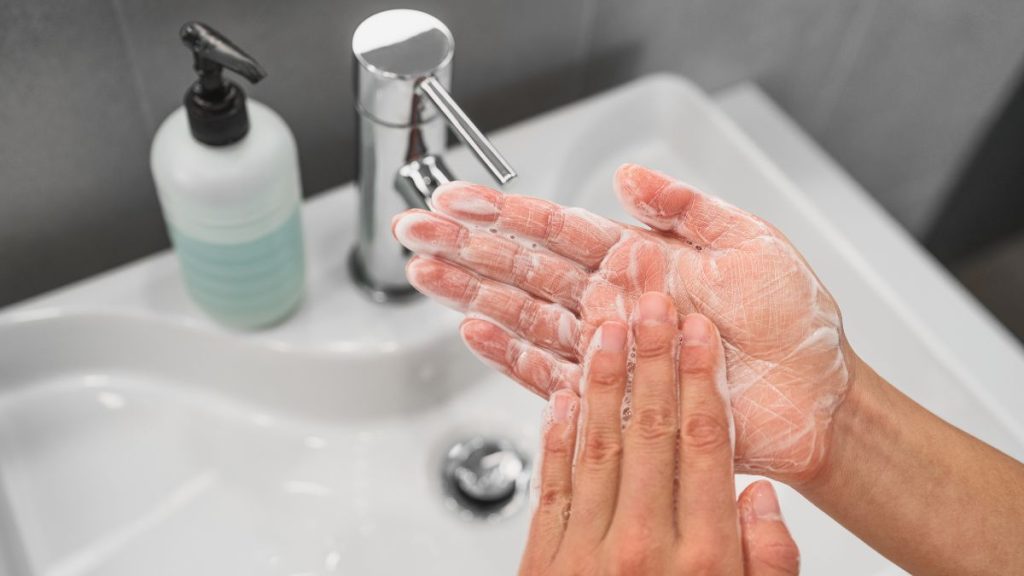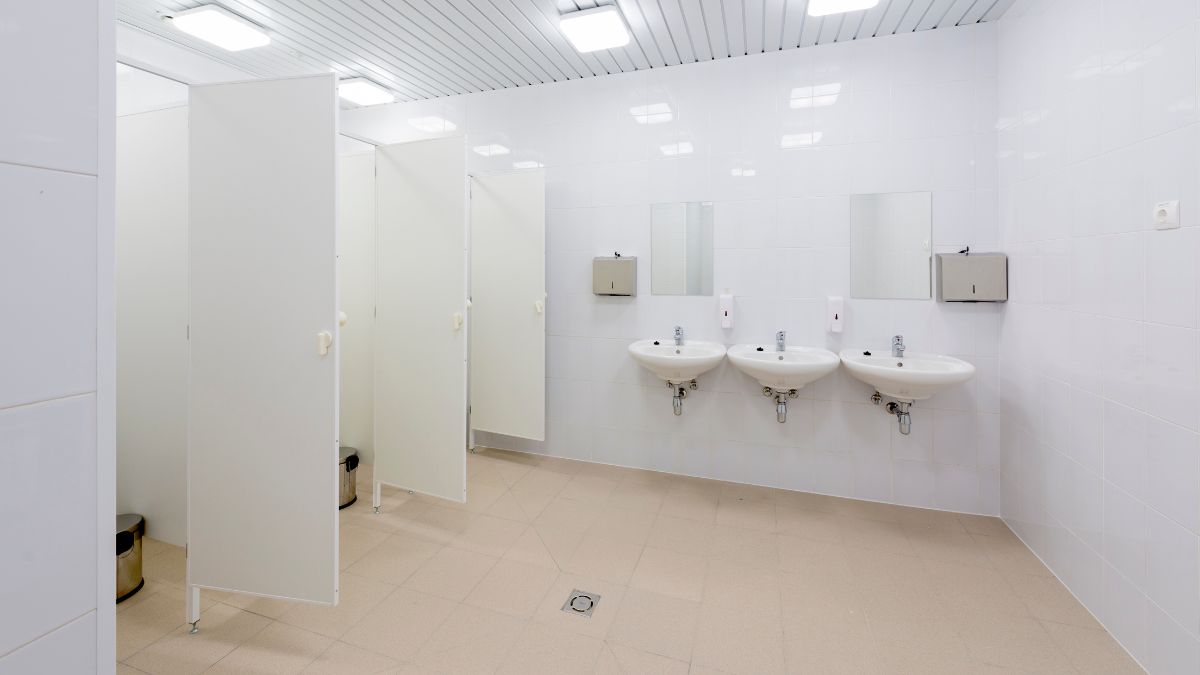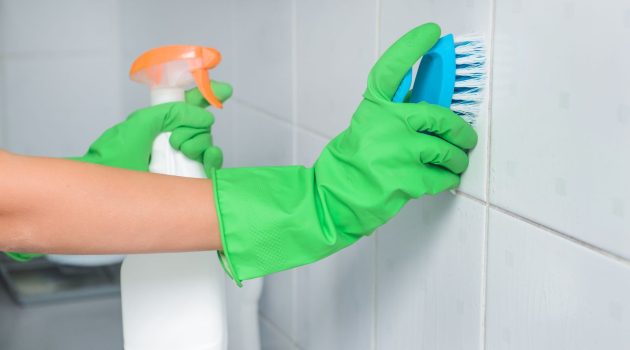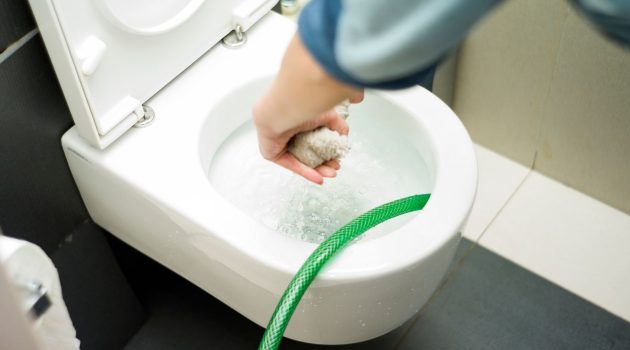Public restrooms are essential in our daily lives, especially when we’re out and about, but they can also be hotspots for germs and bacteria that cause infections.
Ensuring proper hygiene when using these facilities can help protect your health and prevent the spread of illness.
Each time you step into a public toilet, you’re not just taking care of a natural need, but you’re also entering a shared space that requires a mindful approach to maintain public health.
In a public toilet, the risk of infection can be minimized by employing simple yet effective strategies. This involves being cautious about what you touch and ensuring that cleanliness is prioritized.
From the toilet seat to the door handle, every surface could be a potential carrier of pathogens.
Being conscious of these surfaces and reducing direct contact whenever possible is a smart way to maintain personal hygiene.
Moreover, habits such as washing your hands thoroughly with soap and water act as your first line of defense, removing any microbes that you may have come into contact with.
Understanding the Risks
When you visit a public restroom, you’re potentially exposed to a variety of germs that can cause illnesses.
It’s important to understand what these germs are and how they can be transmitted so you can take steps to protect yourself.
Types of Germs in Public Restrooms
Public restrooms can harbor multiple types of germs, such as viruses and bacteria.
Viruses like norovirus and coronavirus are particularly noteworthy because they can survive on surfaces for hours to days, leading to infections that can cause symptoms like fever, vomiting, and diarrhea.
Not to be overlooked are bacteria like E. coli, which are found in fecal matter and can also survive on various surfaces, potentially causing severe gastrointestinal distress.
- Viruses: Often spread through aerosolized droplets from flushing and can linger on surfaces.
- Bacteria: Can form resilient colonies on moist surfaces and be transmitted via touch.
How Infections Spread
Infections in public restrooms can spread through direct contact with contaminated surfaces or inhalation of microscopic droplets.
- Contact with Surfaces: If you touch a surface contaminated with feces and then touch your face or eat without washing your hands, you’re at risk of ingesting harmful bacteria or viruses.
- Aerosolized Droplets: Flushing can send droplets into the air, which may contain pathogens like E. coli or COVID-19, causing potential inhalation of infectious agents.
| Mode of Transmission | Likely Pathogens Involved | Resulting Illnesses |
|---|---|---|
| Surface Contact | E. coli, Norovirus | Gastrointestinal diseases |
| Inhalation | Coronavirus, Common cold viruses | Respiratory infections |
Understanding these risks helps you stay vigilant and apply precautionary measures to minimize your exposure to infectious diseases while using public restrooms.
Preventive Measures
Proper hygiene and a few smart approaches can significantly lower your risk of infection when using public toilets.
Before Using the Toilet
- Hand Hygiene: Carry hand sanitizer with at least 60% alcohol content in case soap and water are not available when you need to clean your hands.
- Prepare Supplies: If you have disinfectant wipes, bring them along to sanitize any surfaces you may touch, like the toilet seat.
While Using the Toilet
- Toilet Seat: Use toilet seat covers if provided; otherwise, clean the seat with a wipe before use.
- Minimize Contact: Try to touch as few surfaces as possible. Use your foot or elbow to flush and open doors if feasible.
After Using the Toilet
- Washing Up: Always wash your hands with soap and water for at least 20 seconds.
- Drying Hands: Use paper towels if available, as they are effective in removing bacteria and viruses after hand washing.
- Exiting the Restroom: To avoid hand contamination, use a paper towel to open the door when leaving.
Proper Handwashing Techniques

Proper handwashing is your first line of defense against the spread of illness when using a public restroom. It’s crucial that you wash your hands effectively to remove germs and prevent infection.
Steps of Handwashing
- Wet your hands with clean, running water (warm or cold).
- Apply a generous amount of soap to cover all hand surfaces.
- Lather and scrub your hands for at least 20 seconds. Here’s what to focus on:
- Back of your hands
- Between your fingers
- Under your nails
- Palms
- Wrists
- Rinse your hands well under clean, running water.
- Turn off the tap with a paper towel if available to avoid recontamination.
Hand Drying Methods
After thoroughly washing your hands, it’s equally important to dry them properly:
- Paper Towels: Use a clean paper towel to dry all areas of your hands, and then use it to turn off the faucet and open the door.
- Hand Dryers: If paper towels aren’t available, use a hand dryer, making sure you dry your hands completely. Hand dryers can vary in their effectiveness, so spend enough time to ensure your hands are fully dry as damp hands can transfer germs more easily.
Exiting the Public Restroom Safely
Leaving a public restroom without picking up germs takes some smart tactics. Focus on reducing your contact with commonly touched surfaces and utilize disinfectants whenever possible.
Reducing Contact with Contaminated Surfaces
Door Handles: Use a paper towel to grip the door handle when exiting. If a paper towel dispenser isn’t available, consider using a piece of toilet paper as a barrier between your hand and the handle.
Faucets: When you’re done washing your hands, don’t touch the faucet directly. Instead, use a paper towel to turn off the water.
No paper towels? Wait for someone else to enter or exit and take the opportunity to leave without contact.
Stall Doors: Often, the locks and handles of stall doors harbor many germs. Use toilet paper or a paper towel to avoid direct contact when unlatching the door.
Using Barriers and Disinfectants
Hand Sanitizer: Immediately after leaving the restroom, if you touched any surfaces, apply hand sanitizer.
This is an extra precaution to ensure that any germs that might have made contact are quickly destroyed.
Disinfecting: Carrying disinfectant wipes can be handy when surfaces such as door handles or stall doors need to be touched. Wipe the surface before handling it to reduce the transfer of pathogens.
Remember to discard any used paper towels or wipes in the trash bin to keep the environment clean and prevent the spread of aerosols that can occur when refuse is left around.



